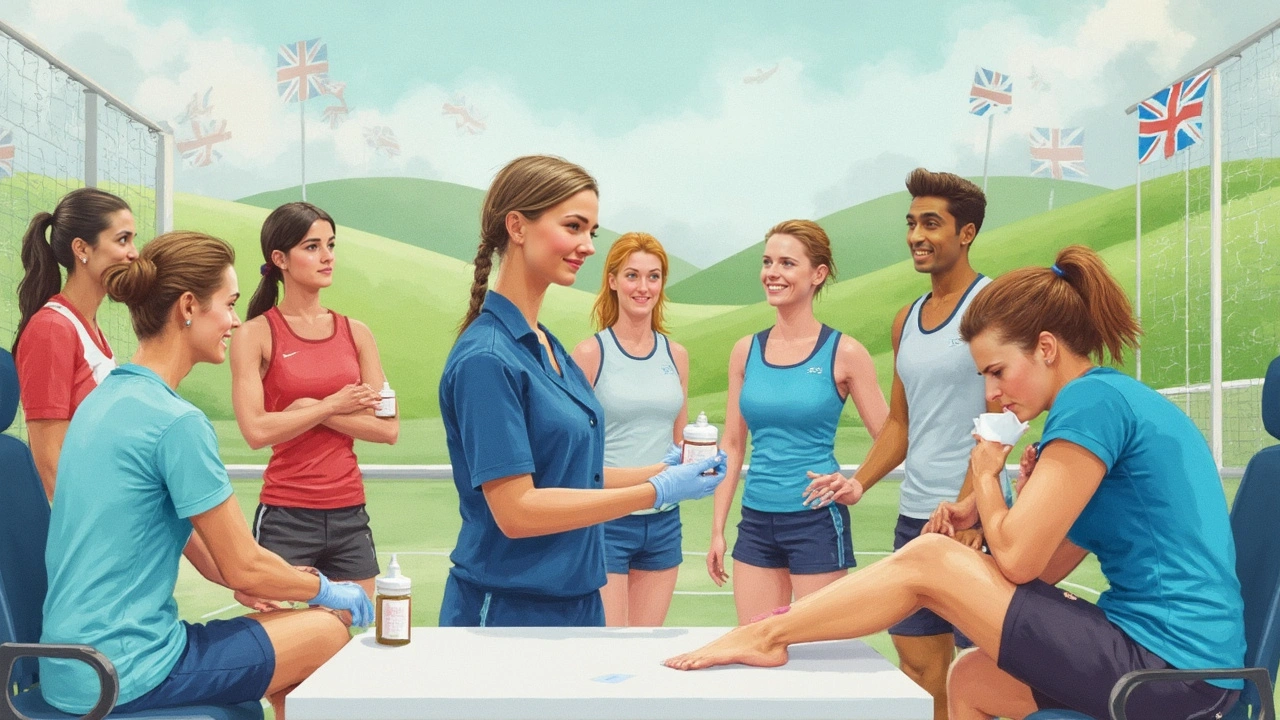Sports medicine: Practical tips for preventing injuries, speeding recovery, and keeping you active
Sports medicine is about keeping you playing, training, and living without long breaks. If you've ever missed weeks because of a sprain or nagging tendon pain, a few practical changes can cut that time in half.
Start with movement basics. Warm up for at least 10 minutes before intense work: light cardio followed by dynamic stretches that mimic your sport. Dynamic stretches mean leg swings, arm circles, and controlled lunges — not hold-and-hold stretching. After practice, use a 5–10 minute cool-down and some gentle static stretching to help range of motion.
Load management matters more than you think. Increase training volume or intensity by no more than 10% per week. Sudden jumps in mileage, weight, or reps are the top trigger for overuse injuries. Keep a simple log of hours, distance, or sets. If pain creeps in for more than a few sessions, back off a touch rather than power through.
If you get injured, follow a basic step-by-step routine. First 48–72 hours: control swelling and pain with rest, ice, compression, and elevation. After that window, start gentle movement and regain range of motion — stiffness slows healing. Progress to strength work once basic movement is pain-free. Use single-leg balance, band work, and low-load squats before jumping back into full speed.
Sleep and simple nutrition speed recovery. Aim for 7–9 hours a night. Protein intake near workouts helps muscle repair — a good rule is 0.25–0.4 grams per kilogram of body weight per meal when you train. Hydration matters: even small drops in fluid can reduce performance and recovery. Consider vitamin D if you train indoors or live in a northern climate; low vitamin D links to slower muscle recovery.
Smart strength work prevents injury. Two 20–30 minute sessions per week focused on hips, glutes, core, and posterior chain pays off. Exercises like Romanian deadlifts, hip bridges, and planks support joints that usually get overloaded in sport. Keep technique strict; heavier weights with bad form cause problems faster than lightweight training.
About supplements and performance aids: protein powders and creatine have robust evidence for supporting training and recovery. Be cautious with stimulants and anabolic agents — they carry health risks and legal concerns. When in doubt, ask a sports medicine clinician or pharmacist about safety and interactions.
See a pro early. If pain limits daily activities, causes numbness, or doesn’t improve after a week of scaled-back training, get evaluated. Physical therapists and sports medicine doctors can give targeted plans that cut recovery time.
Finally, use simple tools: foam rollers for tight muscles, a compact resistance band for activation, and a stopwatch or app to track gradual increases. These low-cost steps beat repeated injuries and long layoffs.
Quick changes in warm-ups, load tracking, sleep, and targeted strength work will keep you in the game more days than any miracle product.
Consider periodic mobility checks and baseline screens — jump tests, single-leg squats, and a simple shoulder screen help you spot weaknesses early and guide training choices without fancy equipment or clinics.
Povidone-Iodine in Sports Medicine: A Game-Changer?
Discover the role of povidone-iodine in sports medicine and athletic training. This article explores how this common antiseptic is used to prevent infections in injuries, speed up recovery times, and maintain athletes' health. Learn interesting facts about its benefits, application methods, and why it's favored by many sports professionals. It's more than just a first-aid staple; it's a crucial part of any athletic toolkit.
View More
